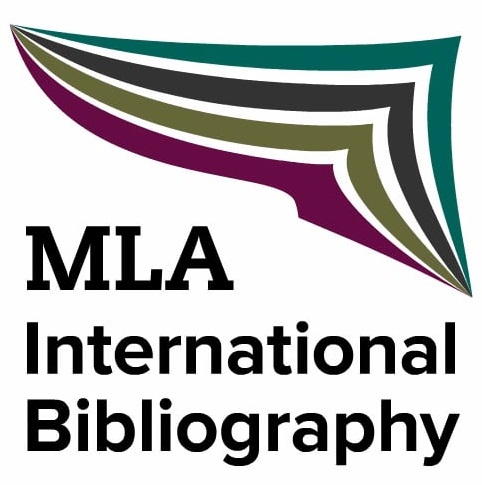The Narration of Photography on the Example of Selected Famous Photographs
DOI:
https://doi.org/10.13135/2281-6658/3108Keywords:
Photography, Narration, Visual Rhetoric, Visual AnalysisAbstract
In the theory of photography we can find several primarily literary or rhetorical categories. These are terms such as: narration, theme, composition, style, as well as some stylistic means such as: metaphor, comparison, symbol, gradation and others. The same categories will be found in many other areas of art, both visual and verbal. In that case both literature and photography are various forms of communication. The common purpose of them is to tell the audience the fascinating story, to delight, to make moved or to amuse them. The article will be an attempt to answer the question: “What history do photographs tell us?” This is also an attempt to transfer the literary category, “narration” into the visual plane. Of course, this is possible with the assumption that literary and “photographic” narrations use different materials, but have a common essence and purpose—to tell a story that will be interesting and credible to the recipient. In the paper will be used methods of visual rhetoric which is evolving now. This discipline just merges the verbal sphere (in antiquity it was the theory of politic and literary prose) and visual. This is the field which analyses the effect of the message—including the photo on the recipient. It will be an attempt to analyse the narration of photographs by famous photographers like Dorothea Lange, Joe Rosenthal, Marc Riboud, Robert Capa, Charles C. Ebbets, and Kevin Carter.Downloads
Downloads
Published
Issue
Section
License
Authors keep the copyrights for their work and give the journal the work’s first publication copyright, which is at the same time licensed under a Creative Commons License – Attribution, which in turn allows other parties to share the work with an acknowledgement of the work's authorship and initial publication in this journal.
Content Licence

You are free to copy, distribute and transmit the work, and to adapt the work. You must attribute the work in the manner specified by the author or licensor (but not in any way that suggests that they endorse you or your use of the work).
Metadata licence

CoSMo published articles metadata are dedicated to the public domain by waiving all publisher's rights to the work worldwide under copyright law, including all related and neighboring rights, to the extent allowed by law.
You can copy, modify, distribute and perform the work, even for commercial purposes, all without asking permission.





